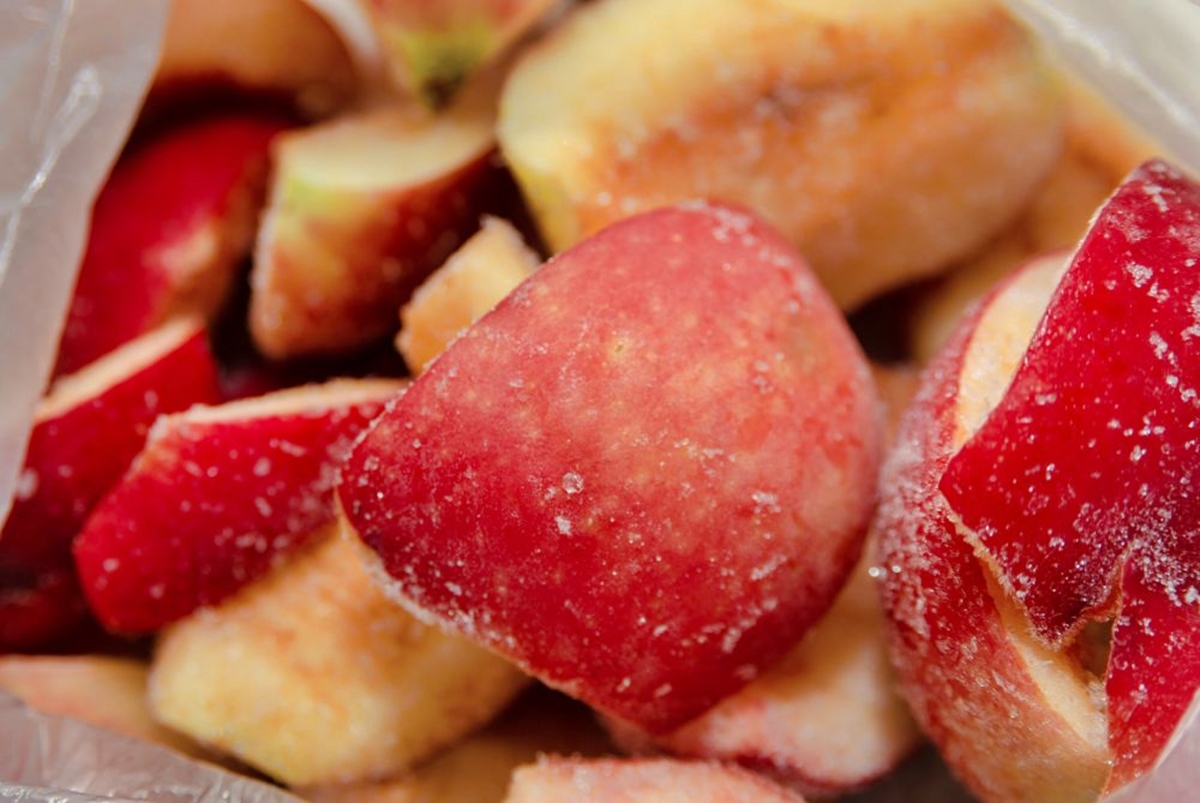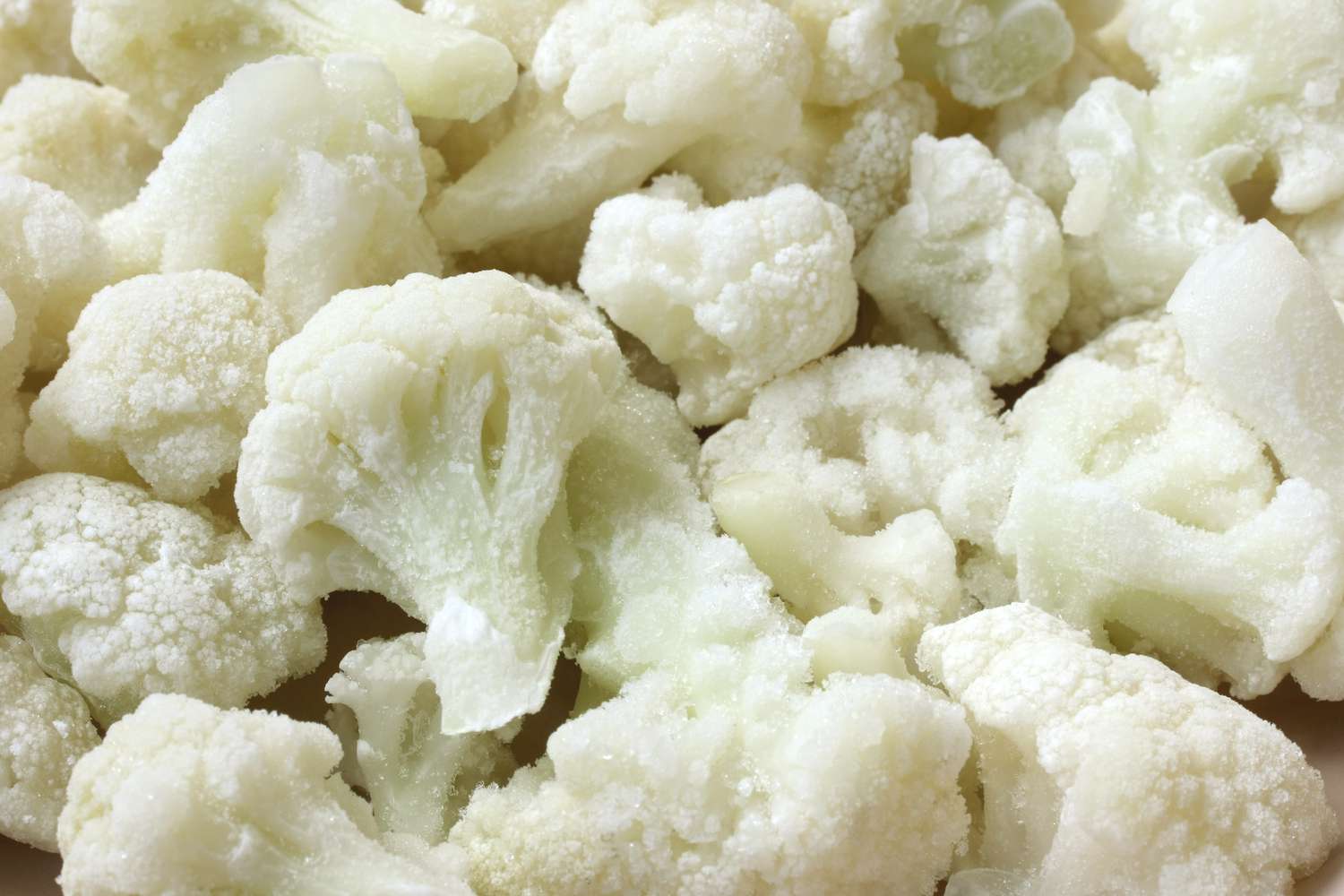Freezing Rhubarb Made Easy
Are you looking for a way to preserve the deliciousness of rhubarb all year round? Look no further! Freezing rhubarb is a simple and effective method to ensure a steady supply of this tart and tangy fruit in your kitchen. Whether you grow your own rhubarb or find it at the local farmer’s market, freezing it will help you enjoy its unique flavor in various recipes, including pies, jams, and compotes. Follow this easy guide to freeze your rhubarb and keep it fresh for months to come!
Preparation and Cleaning
Before freezing rhubarb, it is crucial to go through the following steps to ensure the best results:
- Start by selecting fresh rhubarb stalks, preferably firm and crisp, without any blemishes or soft spots.
- Wash the rhubarb thoroughly under cold running water to remove any dirt or debris.
- Trim off the leaves and discard them, as they are toxic and should never be consumed.
- Next, cut the rhubarb into desired sizes, keeping in mind that smaller pieces will freeze more quickly and be easier to use when cooking.
Blanching the Rhubarb
Blanching is an essential step to preserve the flavor and color of rhubarb before freezing:
- Bring a pot of water to a rolling boil.
- Prepare an ice bath by filling a large bowl with ice and water.
- Carefully place the rhubarb pieces into the boiling water and let them blanch for one minute.
- Using a slotted spoon, immediately transfer the blanched rhubarb to the ice bath to stop the cooking process.
- Allow the rhubarb to cool completely in the ice bath for about 2-3 minutes.
Packaging and Freezing
Now that your rhubarb is blanched and cooled, it’s time to package it for freezing:
- Pat dry the rhubarb pieces with a clean kitchen towel or paper towel to remove excess moisture.
- Transfer the rhubarb into airtight freezer bags or containers, ensuring there is no excess air trapped inside.
- Label the bags or containers with the date and contents for easy identification later on.
- Place the packaged rhubarb in the freezer, making sure they are arranged in a single layer to promote quick freezing.
Note: If you prefer, you can also blanch and freeze rhubarb directly on a baking sheet before transferring it to freezer bags. This method prevents the rhubarb pieces from sticking together and allows you to take out only the amount you need without thawing the entire batch.
Thawing and Using Frozen Rhubarb
When the time comes to use your frozen rhubarb, follow these tips for best results:
- Thawing: To thaw your rhubarb, simply transfer the desired amount from the freezer to the refrigerator and let it thaw overnight. Avoid thawing rhubarb at room temperature, as it may become mushy.
- Cooking: Frozen rhubarb works best in recipes that require cooking or baking, such as pies, crumbles, and sauces. It may lose some of its texture after freezing, but the delicious flavor will remain intact.
- Enjoying: Experiment with incorporating frozen rhubarb into your favorite recipes. From tangy rhubarb compotes to sweet and tart jams, the possibilities are endless!
With this easy guide on how to freeze rhubarb, you can now enjoy this delightful fruit all year round. Take advantage of its versatility and add a burst of tanginess to your favorite recipes. Happy freezing!
With your newly frozen rhubarb, there are plenty of delicious recipes to try out. For those who love baked goods, Rhubarb Crisp and Rhubarb Muffins are fantastic choices. Each bite bursts with the tangy flavor of rhubarb, balanced perfectly with a sweet, crunchy topping or moist muffin base. If you're in the mood for something more unique, give Rhubarb Chutney a go; it's a delightful accompaniment to savory dishes. And for dessert enthusiasts, Rhubarb Sorbet provides a refreshing, icy treat that highlights rhubarb's natural tartness. Don't forget Rhubarb Strawberry Pie, a classic that marries sweet strawberries with tart rhubarb, creating a pie that's hard to resist. These recipes not only make good use of your frozen rhubarb but also bring out the best in this versatile ingredient.
Was this page helpful?
Read Next: How To Freeze Strawberries











